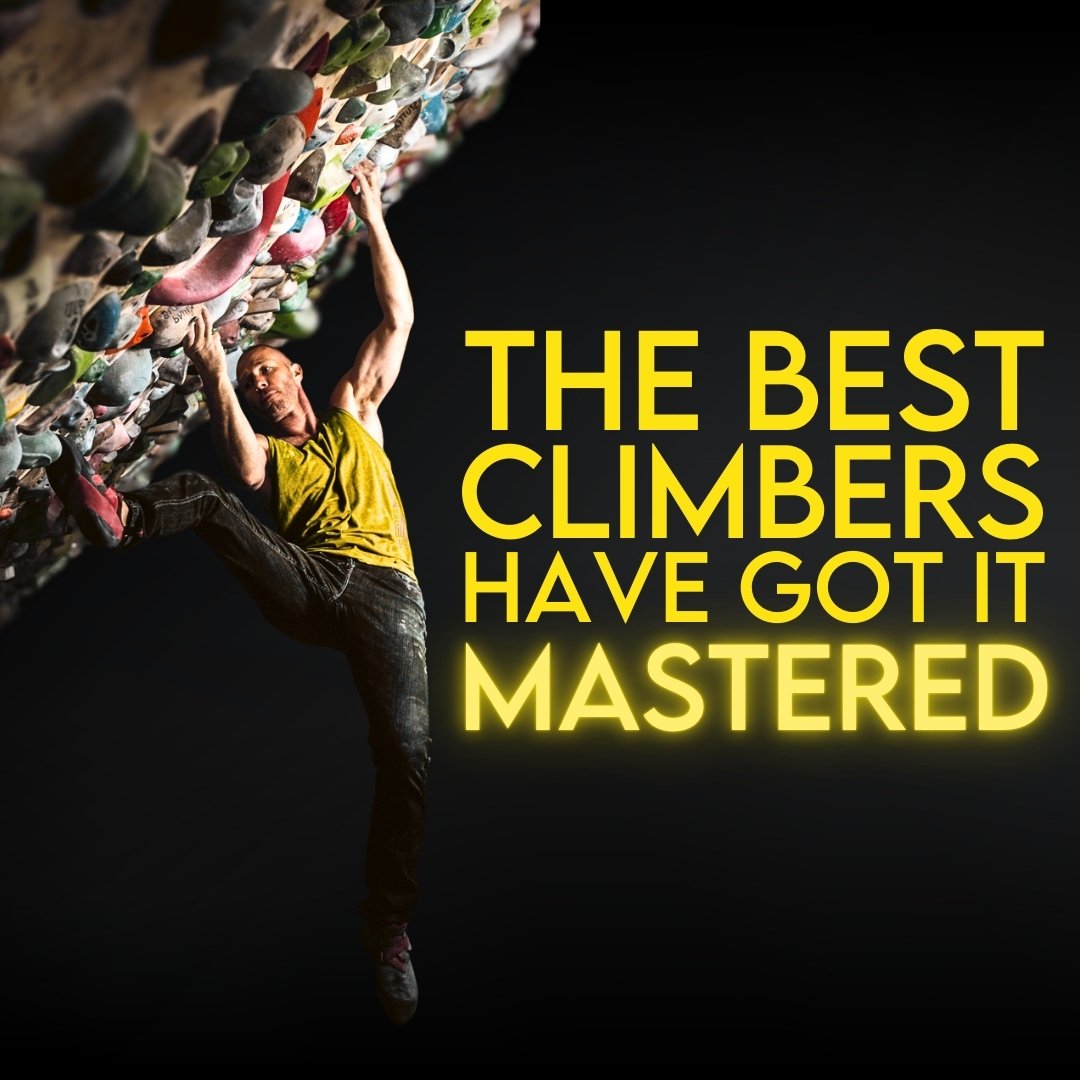Garlic Salt and Good Advice
There is a common theme between a grilled cheese sandwich and good training advice. The sooner you learn to spot this, the sooner you can be making better sandwiches… and climb harder, too, I guess.
If someone makes you a grilled cheese sandwich and it tastes uniquely delicious, you’ll probably ask what makes it so special. Let’s say their response is, “Oh, I put garlic salt in it.” Now, there are a lot of assumptions built into what was just said.
When someone tells you that the addition of garlic salt is the reason why this specific grilled cheese sandwich is so different, they are also implying that everything else that makes a good grilled cheese sandwich is already in place.
That sandwich was toasted in a pan with butter until the intentionally selected bread was evenly toasted and the cheese was melted the whole way through. Care was likely put towards cheese type and quantity to ensure the right flavors and mouth feel. We can probably assume the sandwich was cut into triangles or small squares, because even though we may be adults, we aren’t monsters.

In the end, we have a well-made grilled cheese sandwich (I promise, I’m almost done talking about sandwiches) with each ingredient and step of the process given special attention, all with the addition of some garlic salt. Even with the garlic salt, the advice giver assumes that you know how much to add to get to the right flavor.
If you listen to an interview with an athlete who is asked, “What is the one thing that has made the biggest impact on your climbing recently?”, remember that they are giving a garlic salt answer. There isn’t enough time to break down every factor that this one piece of advice is built off of. Also, most high-level athletes have nailed down the basics so well that they either assume everyone else has, too, or they are such an unconscious part of their process that the athlete barely recognizes their existence.
For these high performers to explain that it’s important to try hard, keep showing up, and handle any of the other basics, would be like telling someone they need to make sure to cook their grilled cheese sandwich until the cheese melts – it’s assumed.
I love garlic salt on my grilled cheese sandwiches and I love hearing insights from high-level performers in our sport. Both can make a good recipe great. We have to make sure we nail down the fundamental recipe first though, otherwise we’re likely to put too much of our time focusing on a single ingredient.

Despite being constantly present and often the reason we fail, Rhythm is the most underrated of the Atomic Elements of Climbing Movement.
Long-time friends Nate and Ravioli Biceps discuss lessons they’ve pulled from video gaming that can help inform our climbing.
There’s A LOT of great information out there on how to climb harder. But it’s tough to sort through…
Short climbers are good at getting scrunchy, and tall climbers are good at climbing extended, right? Wrong.
One of the most common places things start to fall apart is at the very beginning of the move.
We know spending time on a finishing link is smart tactics for hard climbs. So why not apply the same concept to individual moves?
Learning when and how to compensate for a weakness is a skill. And skills need to be practiced.
Lowball boulders, while not as proud, can still teach us new movement, new ways to utilize tension, and force us into finding new techniques.
I never thought I’d be recommending this, but some of y’all should be putting less effort into becoming technically better climbers.
Training principles are important, but when they creep into performance, your climbing will suffer. Nearly every time.
We have become collectors of dots. But there’s one major thing that happens when we connect dots that is entirely lost in mass dot collection: critical thinking.
Do you really have terrible willpower? Or are you surrounded by distractions and obstacles?
You have a climbing trip coming up. The rock is different. The style is different. Your pre-trip time is short and the number of days you’ll be climbing, even shorter…
Giving artificially low grades to climbs increases their perceived value for our training and development. The more something is mis-graded the more we naturally want to prioritize it.
Discussion around grades can be so polarizing that many of us avoid the topic.
Climbing starts off as this self-feeding cycle that has you wishing you could climb seven days a week. What happens when this cycle stops bringing improvement though?
Use strength to leverage every other aspect of your climbing, not replace them.
If everything you do is a finger workout, then when do your hands get a chance to recover?
There is a common theme between a grilled cheese sandwich and good training advice.
The more accurately we define our problems, the more approachable it will feel to find solutions.
Maybe the most understated way of getting better is to build fallback successes into your plan.
How much time should climbers spend becoming more well rounded vs. improving their strengths?
As cool as assessments and standards are, they can easily leave people settling for “good enough” when they have the potential to do much more.






























Inspiration is intoxicating, but often fades as quickly as it shows up.